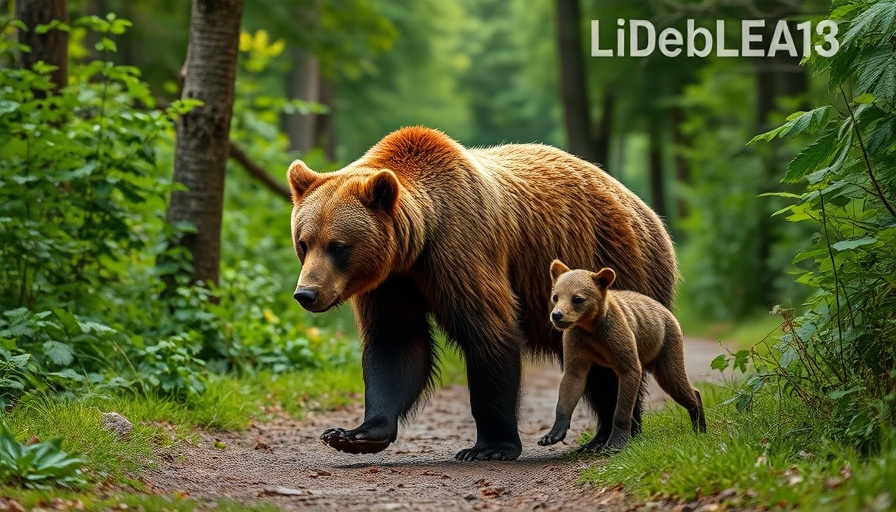
Understanding the Surge in Bear Attacks in Japan
Japan is currently grappling with a concerning rise in bear attacks, culminating in multiple fatalities this October. Authorities are alarmed by the frequency and severity of these incidents, particularly as the country reports a record seven deaths attributed to bear encounters this fiscal year. Recent events have prompted questions about the intersection of wildlife and human populations, especially as habitats continue to overlap due to urban expansion.
Current Context: A Terrifying Week of Bear Encounters
In the span of just a few weeks, several horrific bear attacks have been reported. In one of the most chilling events, a man in his 70s went missing while mushroom picking and was later found mauled. Another victim, also in their 70s, was found decapitated. These tragic instances highlight a growing concern about human safety in regions where brown and Asiatic black bears roam.
Adding to the chaos, a bear was seen rummaging through a grocery store in Numata City, demonstrating how bear encounters are increasingly penetrating urban settings and causing panic among residents. With over 108 injury reports and a significant number of suspects under investigation, the uptick in bear-related aggressions is alarming. Experts suggest that these incidents are symptomatic of larger ecological issues, particularly as bears descend into populated areas in search of food.
The Climactic Factors Behind the Increase
The surge in bear attacks can largely be traced back to shifting environmental conditions. With food scarcity in the wilderness, particularly in autumn when bears prepare for hibernation, these animals are drawn into human-inhabited areas. A report from Japan’s Environment Ministry indicates that bear attacks occurring in residential zones surged to over 51% this year, indicating a troubling trend.
Moreover, experts stress the critical need for community awareness and safety measures. Professor Kiyoshi Yamauchi of Iwate University describes how young bears are increasingly learning to associate humans with easy food sources. This behavioral shift could lead to more aggressive encounters if left unchecked.
Historical Perspectives: Learning from the Past
Historically, bear attacks in Japan have fluctuated with changing climates and ecological balances. In 2023, the country reported six deaths, underscoring a significant escalation from previous years. The pattern seems to indicate that years with diminished food supplies for bears coincide with increased attacks, suggesting a cyclic issue influenced by natural resource availability.
Community Reactions: Fears and Precautions
The rise in bear attacks has invoked fear among local communities. As reported by The Japan Times, residents have been advised to restrict outdoor activities during peak bear activity times, particularly in the evenings. Local governments are increasing public service announcements on staying safe, emphasizing locking doors and avoiding littering that could attract wildlife.
Moreover, stories of encounters circulate swiftly, heightening community awareness. The emotional toll on the affected families and the broader community has prompted discussions around how best to coexist with wildlife while ensuring public safety.
Recommendations: A Call for Enhanced Safety Measures
In light of these rising incidents, experts advocate for practical strategies to mitigate bear encounters. Communities are encouraged to implement safety protocols that include:
- Regular public workshops on bear safety.
- Community patrols to raise awareness and deter wildlife approaches.
- Increased maintenance of natural barriers and controlled access to known bear habitats.
Ultimately, it’s essential to foster an understanding of humane and effective wildlife management practices that prioritize safety for both residents and bears.
Conclusion: Nature’s Balance and Human Awareness
As Japan navigates these concerning times with increased bear encounters, it becomes imperative to recognize the interconnectedness of human activities and wildlife behaviors. Balancing safety and conservation is vital not only to protect human lives but also to maintain the ecological integrity of bear populations. Understanding these dynamics will be crucial as we move forward.
 Add Row
Add Row  Add
Add 




Write A Comment